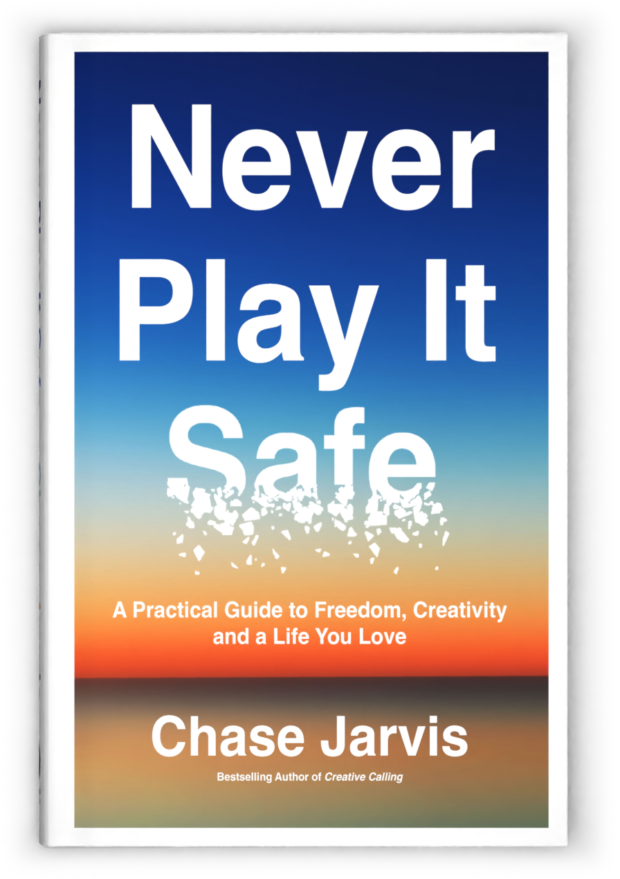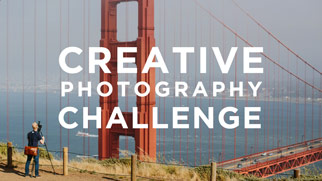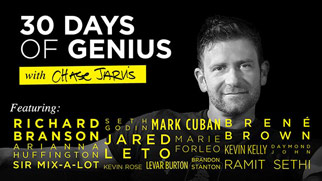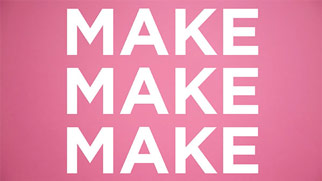Growing up, we build up layer after layer after layer of protection to keep ourselves safe. Every time we say something weird in class and the other kids laugh at us or we get picked last for a team, every time we put ourselves out there and fall flat on our faces, another layer of scar tissue is added. Eventually our real selves, and everything that makes us worth knowing, are buried.
The central relational paradox, a concept developed by the noted psychiatrist Jean Baker Miller, is simple but profound: we all want close, intimate relationships. That means we need people to like us. The problem is, we worry that they won’t like all of us, so we hide the parts we consider bad or just different.
When our true selves are hidden, other people find it very difficult to connect with us. They can tell we’re closed off, and they don’t feel safe opening up to us. Therefore—cue the paradox—we end up without any close, intimate relationships. See the problem?
Nowhere is this paradox more visible than in the arts. It’s obvious when artists make art to please others. You can tell they’re projecting a certain image of themselves—cool, edgy, hip, whatever—instead of revealing what makes them “bad or just different.” When an artist is willing to show us her truth, to be vulnerable, it’s so real and authentic you feel as though you’ve known that person your whole life, even if she was born five hundred years ago on the other side of the planet.
When we hide what makes us unique in order to get people to like our work, we neuter our work. The self-defeating desire to be liked does more than hobble our creativity. We hide in all sorts of other ways; we’d rather be invisible to friends than be seen in a negative light by a stranger. We become allergic to the very idea of rejection.
If you’ve spent years, months, or even a few days creating something, why wouldn’t you invest an equivalent amount of time in finding an audience? Again, it’s our desperate desire to be liked at all costs that prevents us from connecting with people who will love the work.
It’s all ego. That’s why it’s helpful to call it “the work.” That simple “the” helps separate the stuff we make from us.
I can take a bad photo without becoming a bad photographer or, worse, a bad person.Some work is better than others, and I’m able to see that—and get better—because I don’t see any one photo as a statement about me. I deserve unconditional love. Some of my photos, not so much.
This self-protective hiding takes many different forms. Sometimes, making a lot of different things at once is a way of hiding. If we scatter our energy and never finish anything, we never have to share our creations and risk rejection.
If you submit ten photos to ten different competitions, any individual rejection won’t hurt as much. I’m all for doing tons of work and getting yourself out there, but don’t let fear turn you into a dilettante. Be willing to zero in on one thing you want to do next. Focus, improve, and take your ego out of it. Stop hiding.
Enjoy!




















